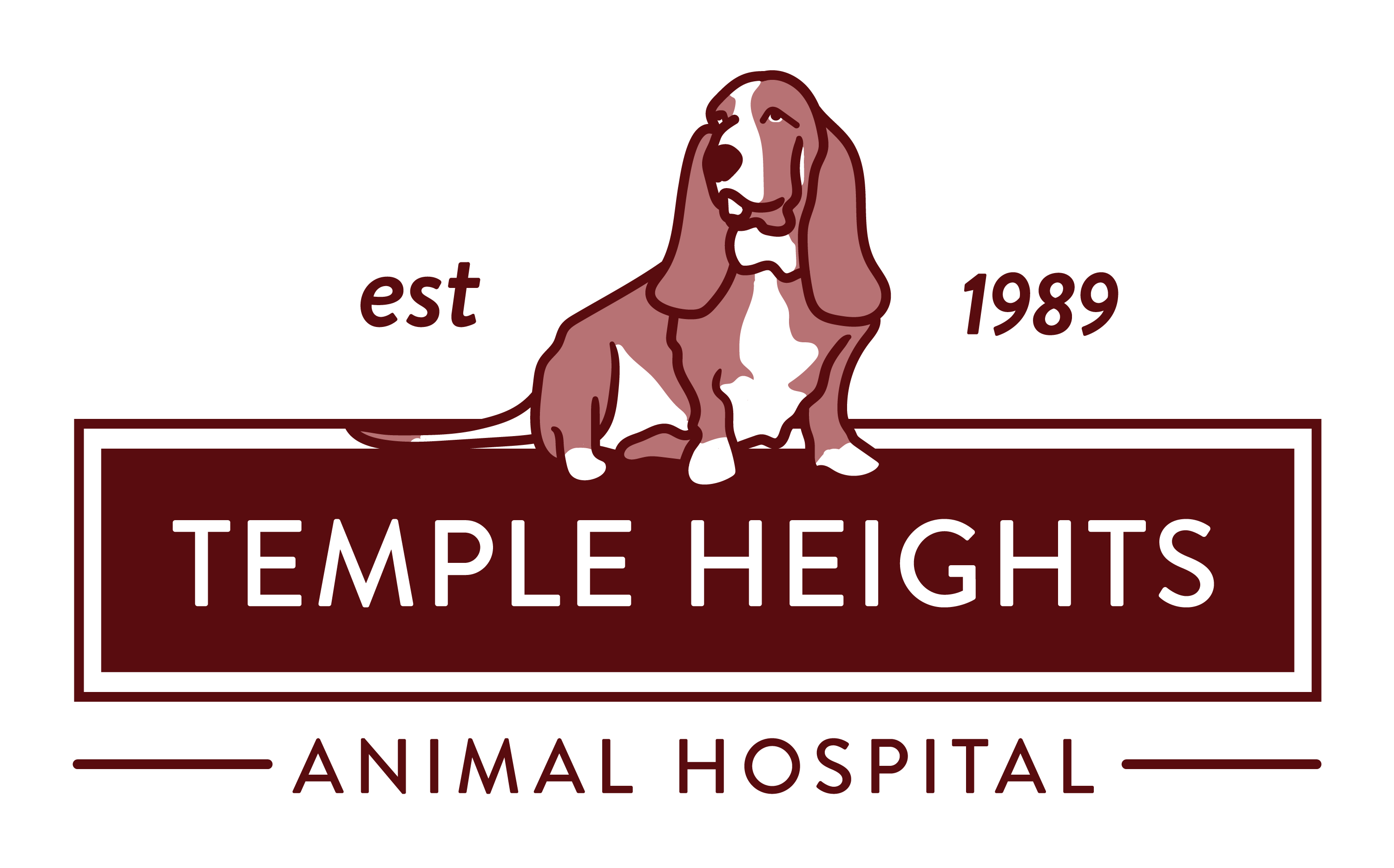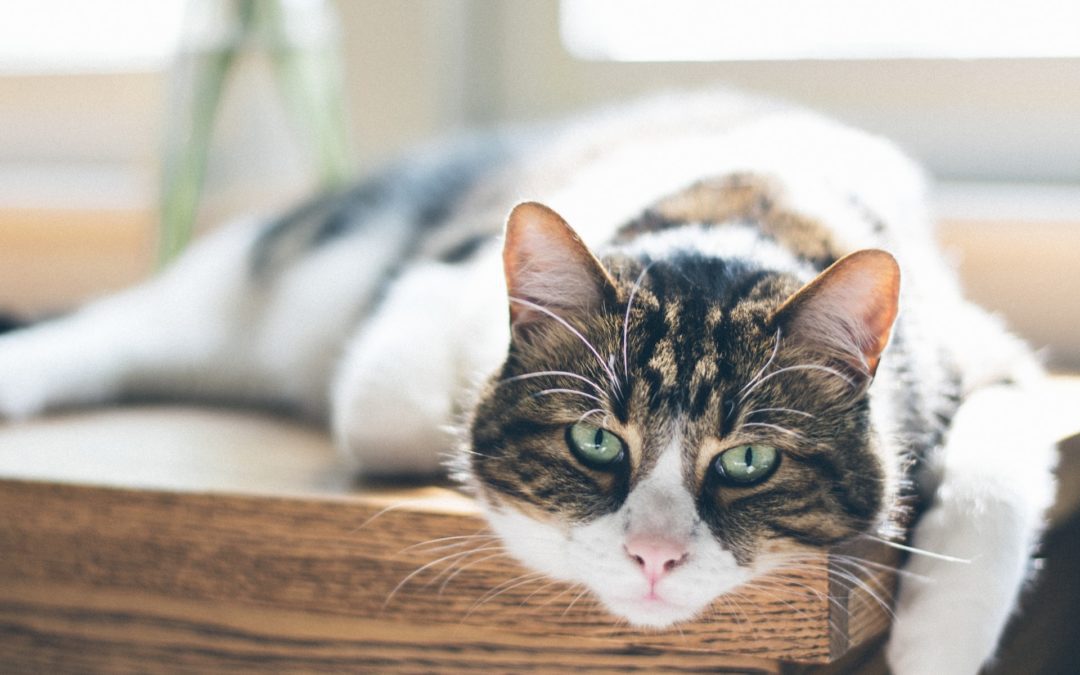Preparing Your Pet For End-of-Life Care
When it comes to our pets, we often feel like they are part of the family. So it’s natural that we want to do what’s best for them when it comes time for them to die. But making those decisions can be difficult, and there are a lot of things to consider. This blog post will walk you through the process of planning your pet’s end-of-life care, so you can make the right choices for your furry friend.
#1: Group pet cremation
Group cremation is a popular option for pet owners who do not wish to keep their pet’s ashes. With this method, a pet is cremated at a crematorium and then their ashes are typically spread in a communal resting place on the facility’s grounds. Oftentimes, this area is a garden that is divided by months and years, so families can visit their pet’s final resting spot if they wish.
#2: Individual pet cremation
Many pet owners choose to receive their pet’s ashes after cremation, and the crematorium ensures that the correct pet’s remains are returned to the proper family. Once you receive your pet’s ashes, you can place them in a decorative urn, have a small portion turned into jewelry, or spread them at your pet’s favorite spot.
#3: Pet aquamation
The scientific name for aquamation is alkaline hydrolysis. This is a gentle, environmentally friendly, water-based form of cremation that uses flowing water, heat, and alkali to mimic natural decomposition after burial. After the aquamation process, only the pure mineral ash of the bones remains. While this method is common for people, services for pets can be difficult to find. However, you can ask your veterinarian to see if they can recommend any aquamation services for pets nearby.
#4: Home burial
In some cases, you may choose to bury your pet at home. However, at-home burial may not be an option in certain locations, such as an apartment, or if other restrictions apply.
If you have questions about the ways your pet’s remains can be cared for, contact our team for more information.

